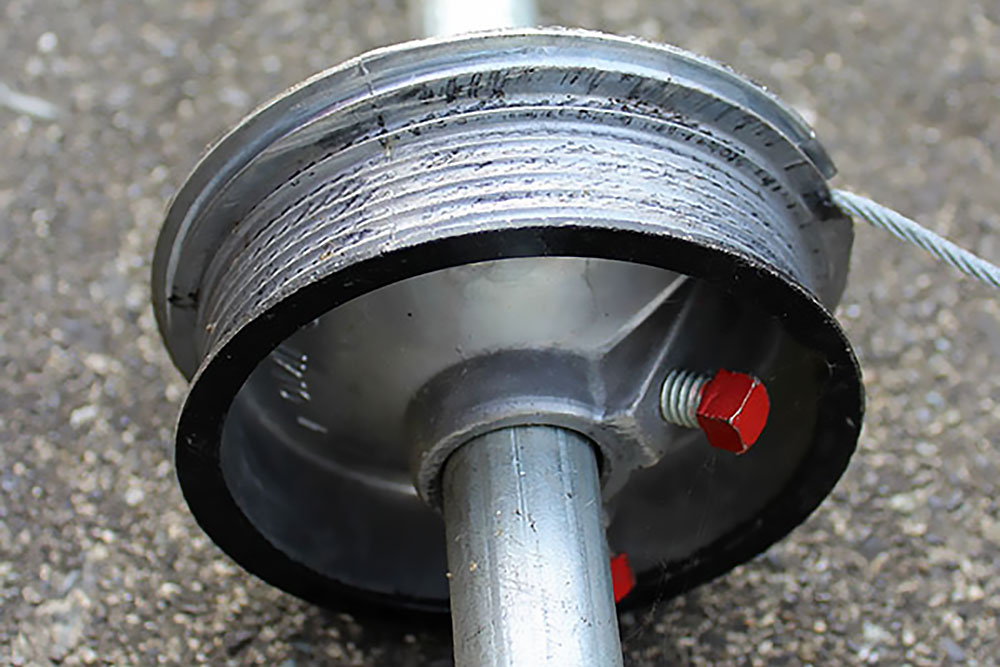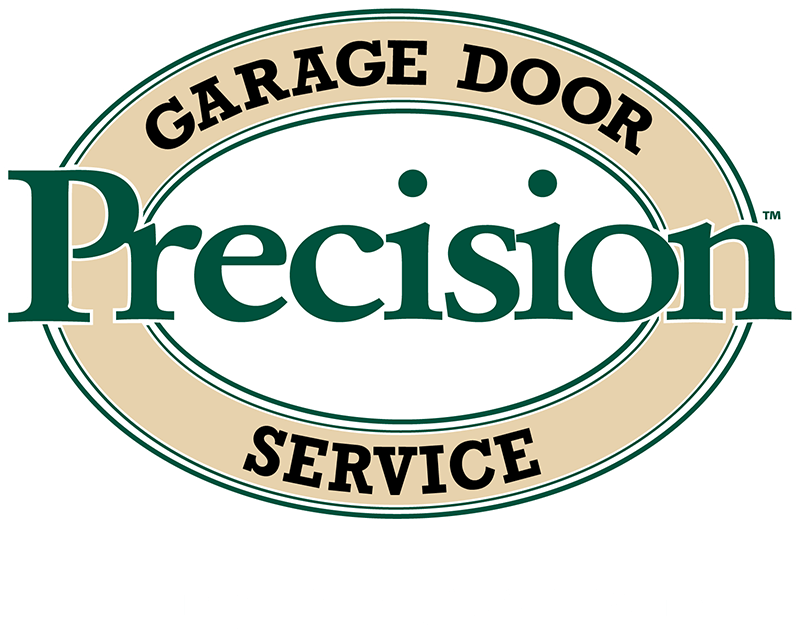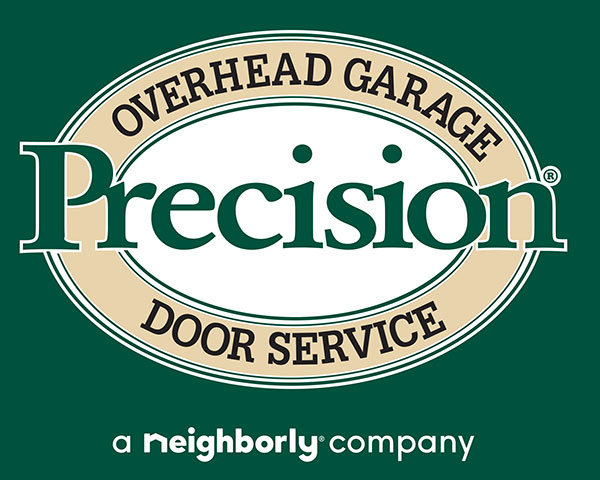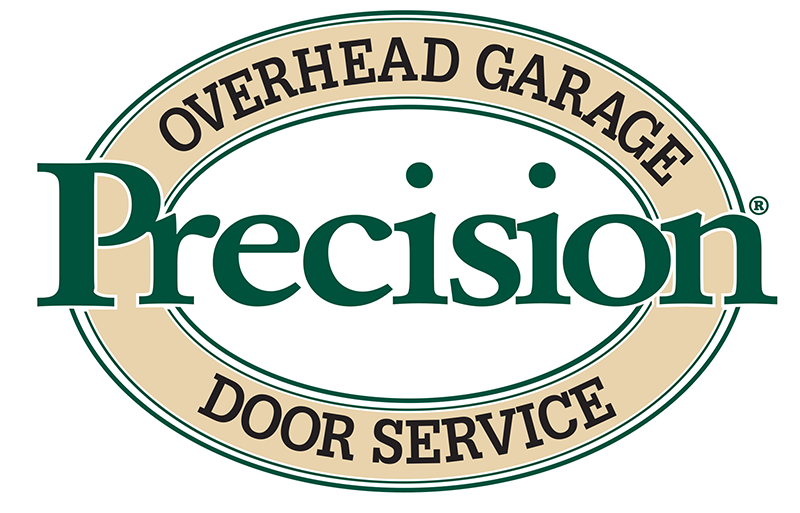
Choosing the Right Springs for New Garage Doors
Installing new garage doors should be exciting, but the work is delicate and requires the right equipment. As it relates to your door’s springs, the cost of making an error is hazardous. Your garage door is a reliable assembly, but it consists of numerous parts and pieces. Bringing those items together into one door is a job for a professional. However, your understanding of garage door springs enables you to make a choice. By getting you involved in the decision-making process, a contractor ensures that what they install is a custom job.
The Purpose of Your Garage Door Springs
Counterbalancing the weight of your garage door is what garage door springs do. This process goes on unawares to anyone looking at the door. The weight of the door is so well managed that functioning springs won’t seem to move. However, the weight of a garage door is dangerous if springs aren’t there to keep it balanced. Springs allow the door to open or close without falls or stalls. The springs are so effective at this that a working door goes up and down in a smooth, seamless manner. This isn’t a result of door openers but instead the door springs.
Vertical and Horizontal Placement
Mission Viejo garage doors will have one of either two spring types or both. Commercial garages are large, so the springs they use are also heavy duty. When placed above the garage door, the springs will be installed horizontally. When found on the sides of your door, the springs will be installed in pairs perpendicular to the ground. This vertical installation is alongside the left and right ends of the door. If you don’t know about which springs you have, you can check your door for where they’re installed. Check to see above the door or on its left and right sides.
Torsion Springs
Storing energy is what the torsion springs do, but the difference between the two major garage door springs is difficult to tell. The best way to distinguish them is location. Springs found above your garage door are torsion springs. These contract to create a force that is exerted even when the door isn’t moving. The winding of these springs is based on their installation and intended use. They often rotate in a single direction, expanding at both ends as torsion is released. They close again when the torsion is built up to disable your door from freely moving.
Tension Springs
By instead extending, the tension springs exert energy, which is to say release energy as opposed to storing it. You can identify tension springs by location, which is alongside the right and left sides of the door. They are placed adjacent to your tracks. Your door is guided by the tracks as it goes up or down. The purpose of these springs is to control the rate at which a garage door lowers. When installing tension springs into new garage doors, two of them are used. This ensures that the left side of the door doesn’t fall or rise faster than the right side of it.
The Dangers of Getting it Wrong
Don’t try to work on your springs, but, instead, wait to schedule a garage door repair. Your springs are tightly wound and can manage weight well over 800 pounds. Now imagine that much force being released in a snapping motion should the springs break. Choosing the wrong springs not only disables the door from working but can also damage the door. Springs that are made to manage heavy weight can damage a door that’s way too light. On the other hand, a garage door might not work if the springs installed don’t have the right force to lift or move it.
Signs That the Springs You Have Are Malfunctioning
The door itself loses alignment when the springs aren’t working. Your door will appear as crooked if these springs can’t stabilize the door as it moves. In severe cases, you will visually see the springs detached from their mounts or broken. Sometimes, the garage door seems to be working fine, but then it drops with an immediate force as it’s lowering or raising. Homeowners often hear a loud boom the moment their springs break. The sound comes from great force being released in an instant. All these cases call for immediate repairs to be done.
Matching the Weight of Your Garage Door With Its Springs
Extending the life of your garage door calls for you to find the right margin between the weight of your door and the force its springs can handle. There’s no one size fits all, so the torsion and tension springs must be bought for or customized to the door they will stabilize. Start with the springs you already have and determine where they’re placed. These springs have specific measurements and will give you an idea of what to expect. Unless you buy a larger or smaller door, you can reuse the same type. Springs are color coded, making it easy to identify them.
Installing Springs Into New Garage Doors
The direction that springs are wound in is important to understand when springs get installed. Special tools are required to torque your springs to the right level of tension. These tools, however, are also dangerous. Only a professional should handle the work. They are licensed to manage the risk involved. The diameter of your springs is also unique to the purpose they’ve been installed for. Making sure they fit your needs is a delicate science that takes years of study. The length is another factor and will be dictated by the size of your new garage door installation.
The Right Professional and Time of Day
Scheduling time with a competent contractor is quick and easy. When you’re unsure of how to proceed, dialing up a garage door contractor can provide you with adequate information for the work you need. Seeking help for garage doors near me begins with trust. You need a professional that works with the best interest of their clients in mind. These professionals can elaborate on the steps they’ll take, and which future upgrades are best for you to consider. Above all else, they can customize your door to fit the right springs or vice versa. For you best interest, make sure to get an expert in garage door repairs.










